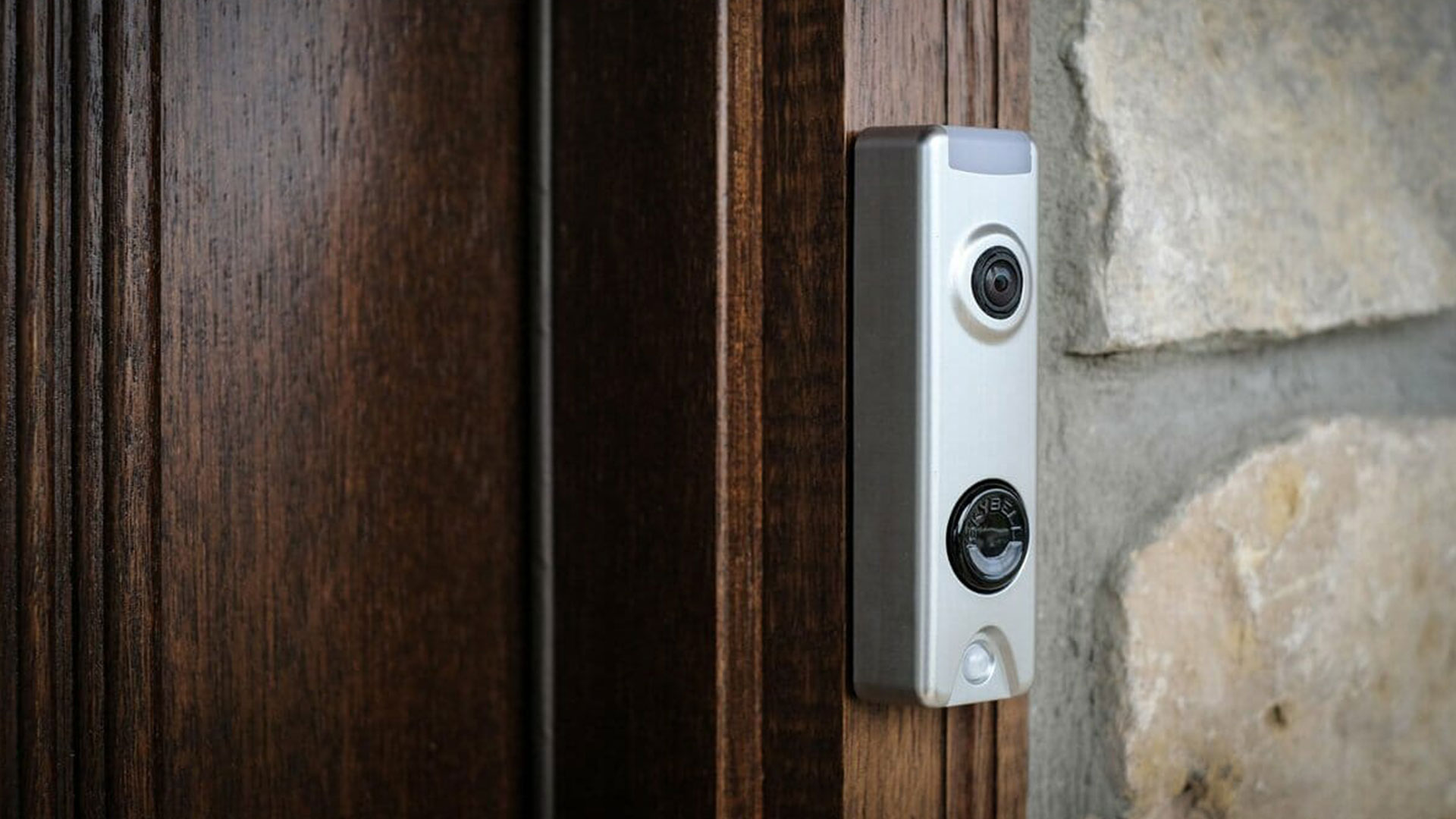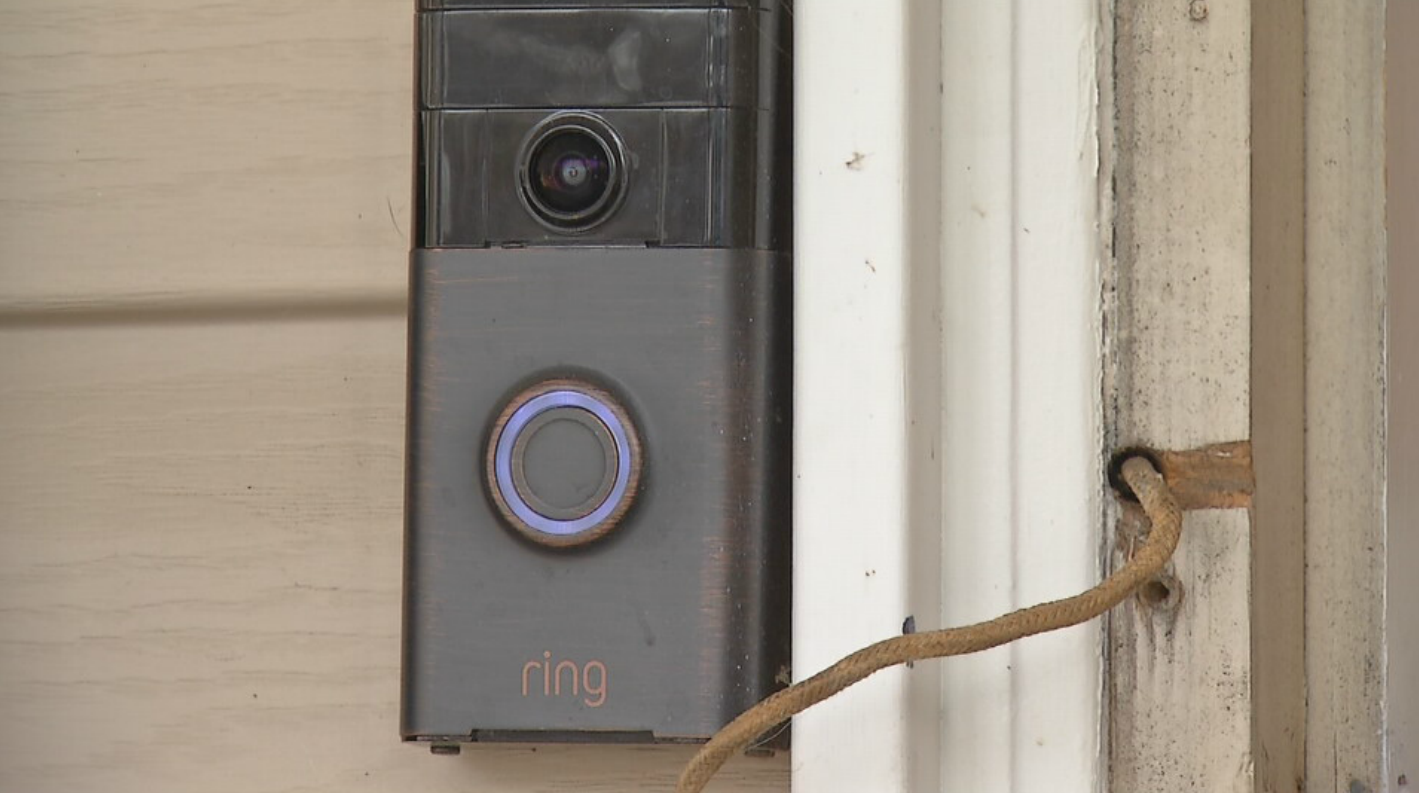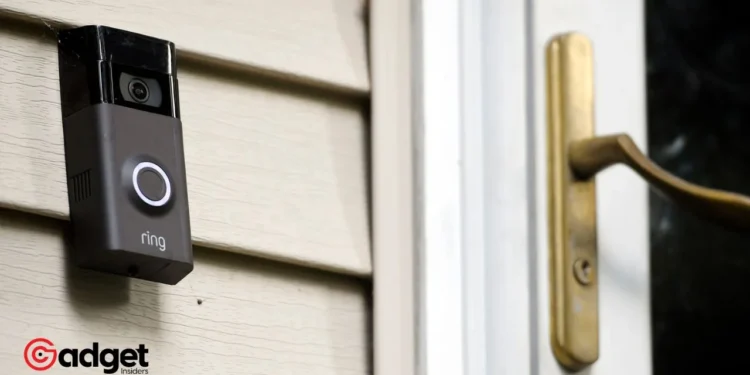In an era where home security intersects with cutting-edge technology, the allure of budget-friendly video doorbell cameras is undeniable. Available for as little as $30-$40 on major e-commerce platforms such as Amazon, Walmart, Temu, and Shein, these devices promise to enhance security at a fraction of the cost.
Yet, a recent investigation by Consumer Reports (CR) unveils a more concerning narrative behind these affordable Video Doorbells, particularly focusing on brands like Eken and Tuck.

Video Doorbells: A Deep Dive into Security Flaws
Consumer Reports’ thorough security investigation into these budget Video doorbells—primarily produced by the Eken Group in China and distributed under various brand names—has shed light on alarming security vulnerabilities.
Despite their widespread availability and appealing price point, these devices carry hidden costs that could significantly outweigh their initial savings.

The crux of the issue lies in the video doorbell cameras’ setup and operation. Utilizing a common mobile app, Aiwit, the devices share strikingly similar hardware and, more troublingly, identical security flaws. Among the most concerning vulnerabilities identified by CR are:
- The transmission of public IP addresses and Wi-Fi SSIDs over the internet without encryption.
- The ease of hijacking the cameras by forcing them into pairing mode and connecting via the Aiwit app.
- The potential to access still images from the video feed and other sensitive information simply by knowing the camera’s serial number.
The Response from E-Commerce Giants
The findings have prompted reactions from various stakeholders, including e-commerce platforms that list these products. Temu, upon being contacted by Consumer Reports, pledged to halt the sales of the Video doorbells, although CR noted that similar models remained available on the site.
Meanwhile, Walmart took a firmer stance by removing all Video doorbell cameras flagged by Consumer Reports from its marketplace, underscoring its policy against selling devices lacking necessary FCC
Video Doorbell’s Security Flaws Exposed in Recent Consumer Reports Investigation https://t.co/xzgQGbDiKF
— NEWSLINKER (@thenewslinker) February 29, 2024
The silence from Eken is as telling as the vulnerabilities themselves. Attempts to reach the manufacturer for comment were met with undeliverable emails, highlighting a concerning lack of accountability.
Consumer Reports’ engagement with the issue doesn’t just expose technical flaws; it also raises critical questions about the responsibility manufacturers and retailers have towards ensuring the digital safety of their consumers.
Beyond the Surface: A Wider IoT Concern
The vulnerabilities found in Eken and Tuck’s video doorbells are not isolated incidents in the realm of Internet of Things (IoT) devices. The reliance on cloud connections for streaming, storing footage, and event notification has previously been a source of privacy and security headaches.
Notable examples include Ring Video doorbells transmitting Wi-Fi credentials in plaintext and Eufy’s admission of uploading facial recognition data to cloud servers, despite marketing promises of local storage. These incidents, alongside Wyze’s repeated mishandling of customer data, underscore a broader industry-wide challenge in balancing innovation with privacy and security.

Looking Forward: The Path to Safer Smart Homes
As consumers, the allure of affordable, technology-driven solutions to everyday concerns like home security is understandable. However, the investigation into Eken and Tuck’s video doorbells by Consumer Reports serves as a stark reminder of the hidden costs associated with such devices.
The path to safer smart homes is not through cutting corners on security but by demanding transparency, accountability, and robust security measures from manufacturers and sellers alike.
While the convenience and affordability of budget video doorbell cameras are tempting, consumers must weigh these benefits against the potential risks to their privacy and security. As the IoT landscape continues to evolve, so too must our expectations for the devices we welcome into our homes.










